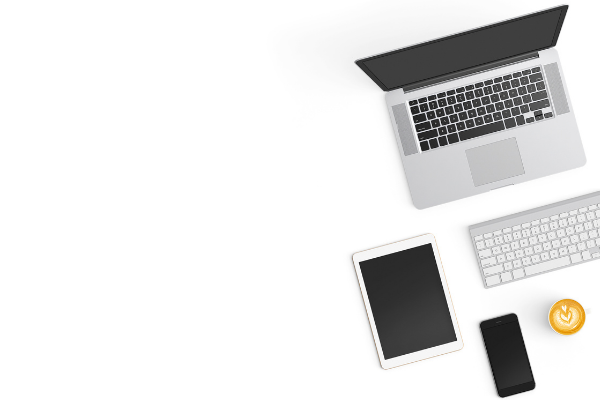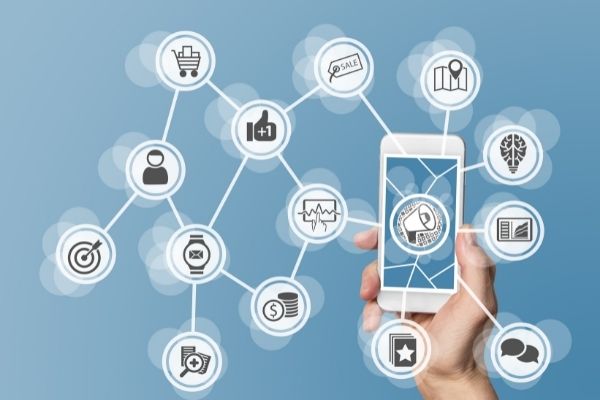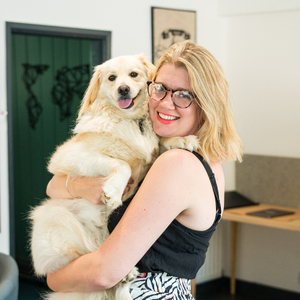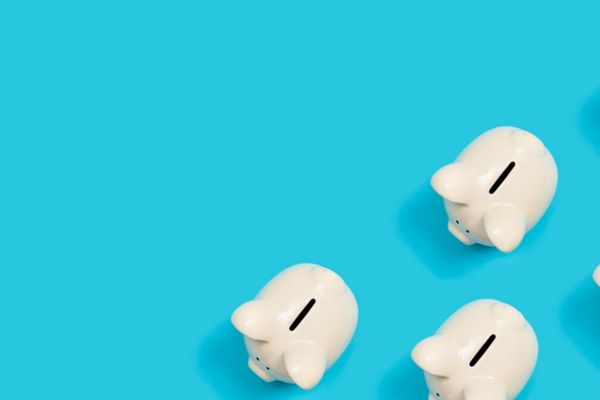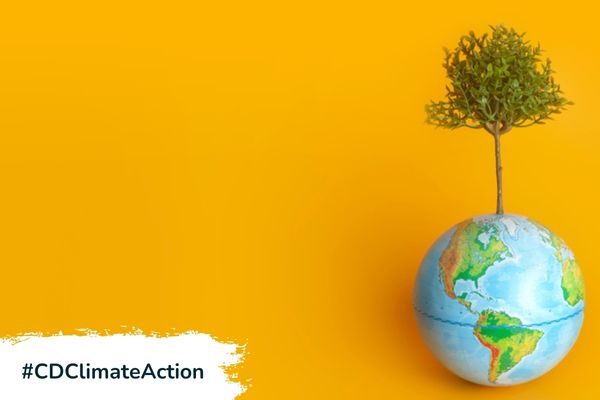Insights
INSIGHTS
All Topics
Digital hacks: big impact for small charities
20 Sep 2022by Jenny Lowthrop
Agile working methods, user research, and digital tools can help grow your impact as a small charity, without the big budgets
Regularly listening to your customers and trying new things can help ensure you create the biggest impact possible for beneficiaries and fundraising.
Below you will find a few tools and practices that can help you create more impact, faster, without the big teams, time, and budgets that larger charities have.
Creating an Agile mindset for big impact
An Agile mindset includes being open to change, listening to your customers and teams, and focusing on delivering value. It can be easier to do this as a small charity, with less people and bureaucracy to help make change happen quicker.
Ultimately, you want to respond to change quicker, listening to your beneficiaries’ needs at regular intervals and testing new ideas and ways of working.
Here are a few ways you can use Agile methods and user research to learn fast.
Kanban boards
A Kanban board is a way of managing your workload and projects, and is often used in Scrum. Usually work is done in short sprints of two to four weeks, so you can regularly test and change plans accordingly.
A Kanban board consists of five columns:
- To do – for all the work that needs to be done that sprint
- Blocked – for work that is blocked from continuing for various reasons
- In Progress – for the work that the team is currently working on
- Test – for work that is done, but you want to test it with the audience or team first
- Done – for work that is completely finished.
Your board would also have a ‘backlog’ where you add work that is likely to be added to future sprints. The board could be a physical board on a wall with Post-its or you can use a digital tools like Trello or Monday.
Regular reviews and retros
Once you have your Kanban boards in place and have started working in sprints, it is important you add in regular reviews and retrospectives.
A retrospective is a chance to discuss how you are working as a team, looking at what has worked, areas for improvement, and any issues with the process, workload, or communications.
A short retrospective should be done at the end of each sprint, giving the team a chance to constantly improve and share any problems. Agile is all about openness and trust, and with the right things in place you will help the team work together in the best way possible.
A review is a chance to share what you have worked on in that sprint, with the team and wider stakeholders. This might include funders, people from other teams, or key partners.
This continues the theme of openness and gives others a chance to feed in and comment on progress throughout the project.
Putting the customer first
To really create the best impact as a charity you need to ensure you are listening to your customer. Regular user research can feel like a big and scary task, but it doesn’t need to be.
Short, regular user research and testing can be far more beneficial than big occasional research projects.
Do more qualitative research, rather than quantitative, with short in depth interviews, rather than surveys. Return on Investment (ROI) can drop like a stone after five interviews. Research by Nielson Norman Group showed “85% of the problems are observed in the first five people”.
When doing user research make sure you synthesise and share the results as you go, using them to help influence the next stage of what you do.
Fail fast – learn fast
All these Agile working practices will help you fail fast and learn fast. Rather than having big scary project plans and huge research projects, try just starting.
Start small and learn as you go. You will soon realise if something is not resonating with your audience and needs changing.
These ways of working will help you create the right impact faster. It is OK ok to fail. Every failure brings new learning to make the next stage of something better.
Whether it is a digital project, an event, or a new service, try working in sprints, testing as you go, and doing regular reviews and retrospectives to create the change you and your customers want.
Useful software for digital hacks
Here are a few different free software tools you can use to help you create big impact with your projects and services, without big budgets:
- Trello – the free version does most of what you need and is great for project planning and kanban boards
- Canva – it makes all of us graphic designers in a few clicks and is free for charities
- Tools for Good – a list of tech for good projects and the tools used to build them
- HotJar – insights on how people are using your website via heatmaps and recordings
- Open Doodle – free open source illustrations
- NVDA screen reader – free screenreader software
- Powerpoint Prototyping – learn how to use PowerPoint for prototyping new websites and software
- Accessibility Checklist – Accessibility best practice for designers and developers
Jenny Lowthrop
More on this topic
Recommended Products
04 Jan 2025by Aidan Paterson
The best bank accounts for charities
03 Jan 2025by Ioan Marc Jones
Climate change facts you need to know in 2025
03 Jan 2025by Ioan Marc Jones
An A-Z glossary of climate change terms and definitions
Our Events
Charity Digital Academy
Our courses aim, in just three hours, to enhance soft skills and hard skills, boost your knowledge of finance and artificial intelligence, and supercharge your digital capabilities. Check out some of the incredible options by clicking here.





